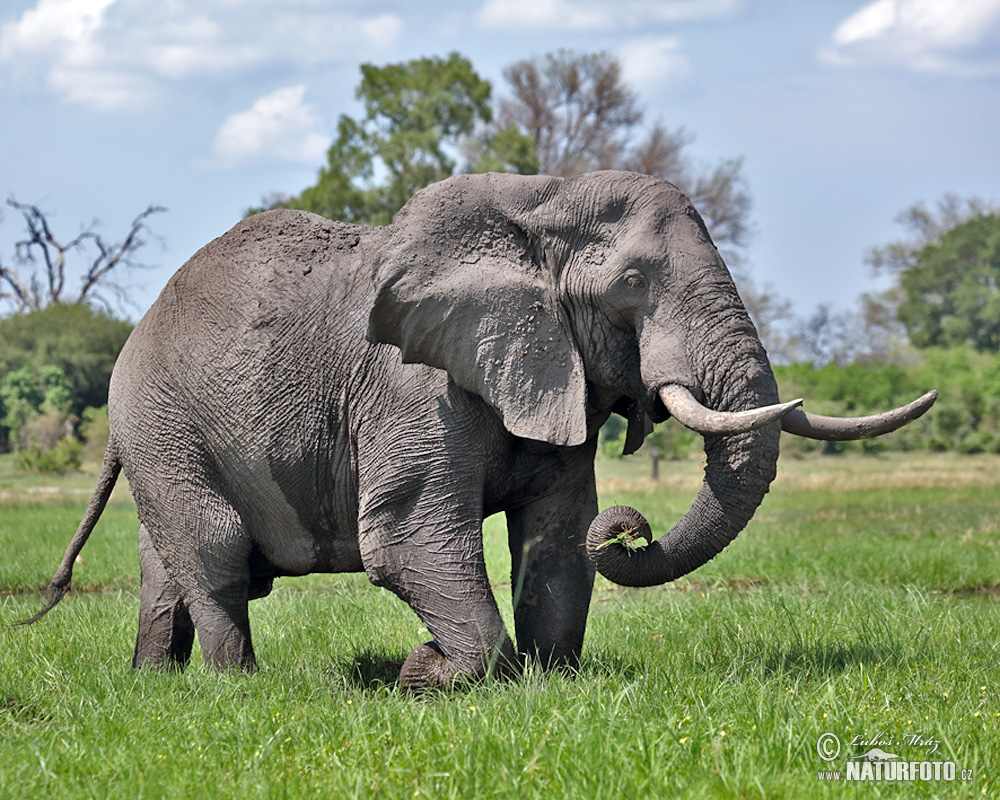The allure of elephant ears, with their dramatically large, ear-shaped leaves, has captivated gardeners and plant enthusiasts for centuries. These tropical plants, belonging to the Colocasia and Alocasia genera, bring an exotic touch to any landscape or indoor space. With over 70 species, selecting the best elephant ear for your unique needs can be daunting. This comprehensive guide will delve into the diverse world of elephant ears, exploring their characteristics, care requirements, and the top species for various settings and preferences.
Understanding Elephant Ears
Before diving into the specifics of each species, it’s essential to understand the basic characteristics and needs of elephant ears. These plants thrive in warm, humid environments and require adequate water and nutrient supply to develop their magnificent foliage. Elephant ears can be grown in water, soil, or a combination of both, making them versatile for different types of gardens and decorative spaces.
Top Elephant Ear Species for Home Gardens
Colocasia esculenta - This species is widely cultivated for its edible tubers and ornamental value. It’s relatively easy to care for and can thrive in a variety of conditions, making it a great choice for beginners.
Alocasia macrorrhizos - Known for its gigantic leaves, this species can add a dramatic touch to any garden. It prefers well-drained soil and partial shade, making it ideal for tropical and subtropical regions.
Colocasia ‘Black Magic’ - For those looking to add a touch of drama with darker foliage, ‘Black Magic’ is a stunning variety with deep purple-black leaves. It’s more compact than some other species, making it suitable for smaller gardens or container planting.
Alocasia ‘Stingray’ - This unique variety boasts leaves with tail-like appendages, resembling a stingray. It prefers high humidity and well-drained soil, making greenhouse conditions ideal, but it can also thrive in indoor pots with proper care.
Elephant Ear Species for Indoor Spaces
Indoor spaces can benefit greatly from the exotic beauty of elephant ears, provided the right conditions are met. Here are some species well-suited for indoor environments:
Alocasia ‘Polly’ - Compact and with beautiful, dark green leaves, ‘Polly’ is a favorite for indoor containers. It requires less space and can tolerate lower light conditions, making it perfect for rooms with limited natural light.
Colocasia ‘Blue Hawaii’ - This variety offers a striking blue-green foliage that can add a cool, tropical vibe to any room. It’s relatively small in size and can thrive in indoor conditions with proper care and lighting.
Alocasia ‘Silver Dragon’ - For a more striking appearance, the ‘Silver Dragon’ boasts leaves with silver markings, providing a unique decorative element. It prefers bright, indirect light and consistent moisture, making it a great choice for well-maintained indoor spaces.
Elephant Ear Care and Maintenance
Regardless of the species, elephant ears have some common care requirements:
- Lighting: Most species prefer bright, indirect light. Direct sunlight can scorch the leaves, especially in warmer climates.
- Watering: Elephant ears love water but are susceptible to root rot if the soil is too wet. A balance must be struck, ensuring the soil is consistently moist but not waterlogged.
- Humidity: High humidity promotes healthy growth, but most species can adapt to average humidity levels found in homes.
- Temperature: Warm temperatures between 65°F and 85°F (18°C and 30°C) are ideal. Avoid exposing the plants to temperatures below 55°F (13°C).
Frequently Asked Questions
How often should I fertilize my elephant ear plants?
+Fertilize your elephant ear plants regularly during the growing season (spring and summer) with a balanced, water-soluble fertilizer. Dilute the fertilizer to half the recommended strength to avoid burning the roots.
Can elephant ears be grown indoors year-round?
+How do I propagate elephant ear plants?
+Elephant ears can be propagated through division or tissue culture. For division, wait until the plant has produced several shoots, then carefully separate the tubers, ensuring each section has at least one "eye" or growth node. Replant the divisions in well-draining soil and maintain high humidity until they establish.
Conclusion
Elephant ears offer a unique and captivating way to enhance your garden or indoor space with their stunning foliage. By understanding the specific needs and characteristics of different species, you can choose the best variety for your environment and enjoy the beauty and elegance these plants bring. Whether you’re a seasoned gardener or just starting out, the diverse world of elephant ears has something to offer everyone. With proper care and attention, these majestic plants will thrive, providing you with a tropical oasis that’s both visually stunning and rewarding to care for.



